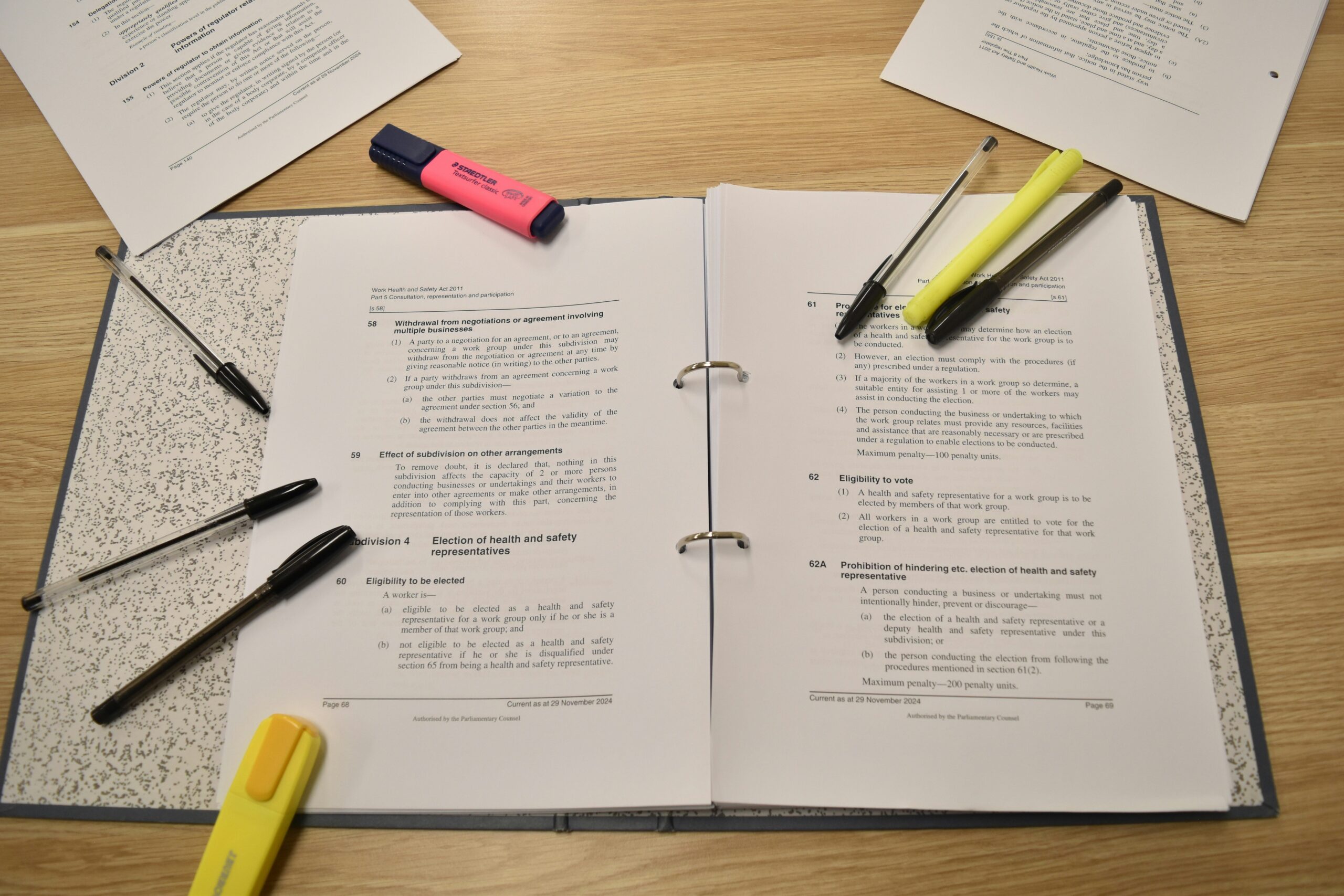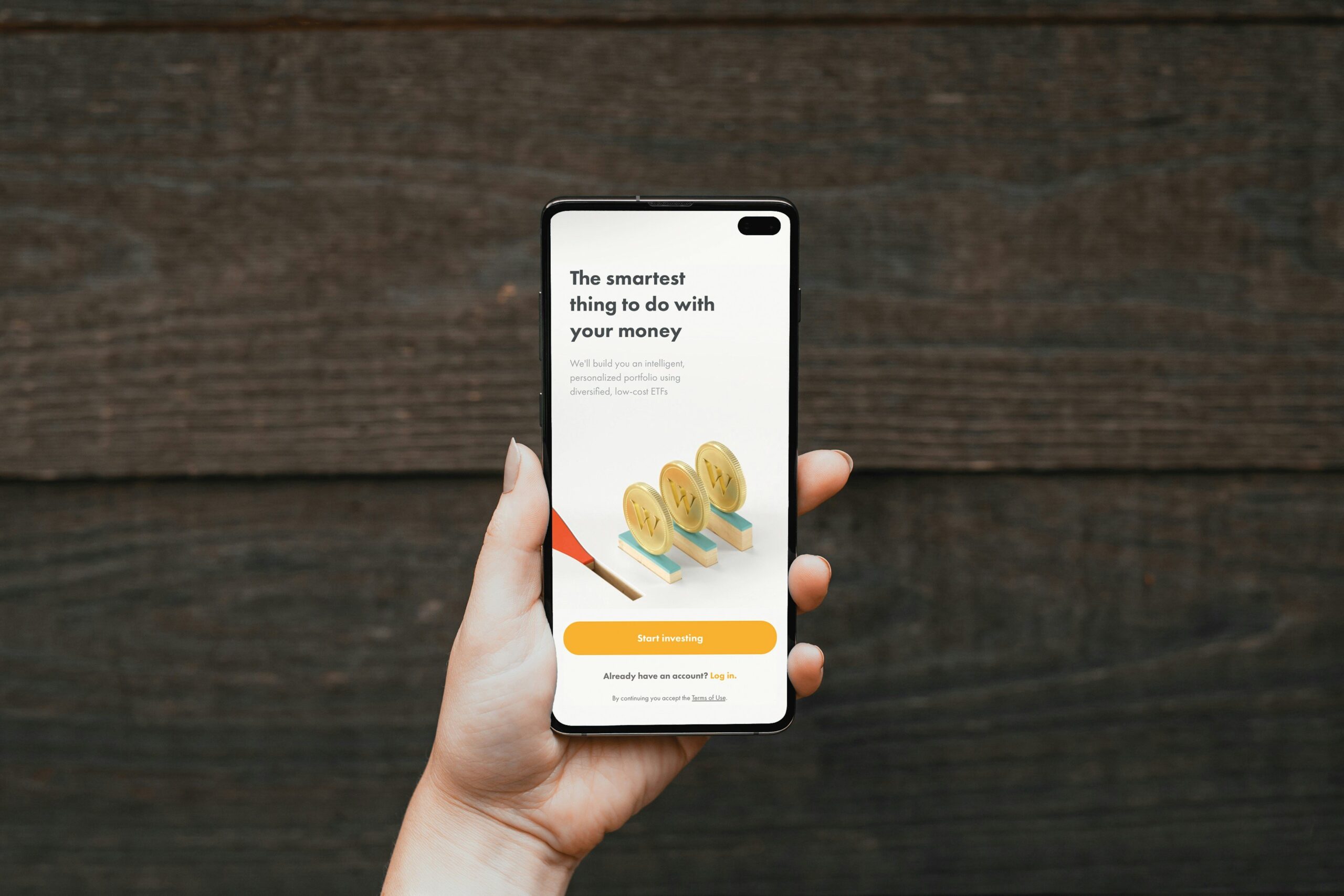Ever wondered why some researchers breeze through their studies while others drown in endless data? Study risk assessments are the unsung heroes of productivity. Whether you’re a grad student or a seasoned academic, understanding how to evaluate risks in your research workflow can save hours—and sometimes your sanity.
In this post, we’ll explore the surprising intersection between study risk assessments and productivity apps designed for well-being. You’ll learn how these tools streamline workflows, manage stress, and keep your research on track. Plus, we’ll dive into actionable strategies, share real-world examples, and sprinkle in some brutally honest advice.
Table of Contents
- Why Study Risk Assessments Matter
- Step-by-Step Guide to Using Research Apps Effectively
- Best Practices for Productivity and Well-Being
- Real-World Examples
- FAQs About Study Risk Assessments
Key Takeaways
- Study risk assessments help identify potential pitfalls early, saving time and effort.
- Productivity apps tailored for researchers enhance efficiency while prioritizing mental health.
- Proper use of these tools reduces burnout and increases focus during long-term projects.
Why Study Risk Assessments Matter
Picture this: I once spent months collecting survey responses only to realize my sample size was too small to yield meaningful results. *Facepalm*. That’s where study risk assessments come in—they’re like a crystal ball that helps you foresee obstacles before they derail your project.
Risk assessments aren’t just bureaucratic hoops to jump through; they’re lifelines. They force us to think critically about what could go wrong—whether it’s skewed data, participant attrition, or even our own mental exhaustion. According to recent studies, nearly 40% of academic projects face delays due to avoidable mistakes. Imagine cutting those odds significantly by simply planning ahead.

(Image: Risks commonly faced in research projects)
Step-by-Step Guide to Using Research Apps Effectively
Step 1: Identify Your Pain Points
Optimist You: “Let’s find an app for every problem!”
Grumpy You: “Ugh, fine—but only if it actually works.”
The first step is recognizing your bottlenecks. Is it managing citations? Organizing files? Or staying motivated amidst monotony?
Step 2: Choose the Right App
For study risk assessments, apps like Notion or Trello shine. Need advanced analytics? Try SPSS or Dedoose. Here’s a pro tip: always download a free trial (if available) before committing.
Step 3: Integrate with Daily Habits
Don’t try to overhaul your workflow overnight. Start slow—dedicate ten minutes daily to inputting data into your new tool until it feels natural.
![]()
Step 4: Monitor Progress Regularly
Set reminders to review your dashboard weekly. This keeps you accountable and ensures no red flags slip under the radar.
Best Practices for Productivity and Well-Being
- Prioritize Breaks: Contrary to popular belief, working nonstop isn’t sustainable. Use Pomodoro timers within your chosen app.
- Automate Where Possible: Set up automation rules to save time. For instance, Slack reminders for deadlines tied to your task manager.
- Avoid Data Overwhelm: Don’t over-collect information—it might seem helpful now but will haunt you later. Stick to what’s necessary.

Seriously though, why do so many people ignore well-being when discussing productivity? It’s not all about crushing tasks—it’s about doing so without losing your mind!
Real-World Examples
Take Sarah, a PhD candidate at Stanford. She struggled with organizing her literature reviews until she discovered Zotero combined with Forest—an app gamifying focused work. After integrating both tools, Sarah reported a 60% reduction in procrastination.
Or consider John, who used Asana to map out his thesis timeline alongside ZenHub for collaborative coding projects. His stress levels plummeted as clarity rose.

FAQs About Study Risk Assessments
Q: What exactly IS a study risk assessment?
A: Simply put, it’s evaluating potential challenges in your research design—from methodological issues to personal burnout indicators.
Q: Can beginners benefit from these apps?
A: Absolutely! Even basic organizational tools can prevent headaches down the road.
Q: Do I really need multiple apps?
A: No, start small. But be open to scaling up as needs evolve.
Conclusion
From avoiding rookie mistakes to leveraging technology for smarter workflows, mastering study risk assessments transforms academic pursuits. Remember: you don’t have to do everything perfectly—just consistently enough to move forward.
Like chasing deadlines? Feels kinda crummy, right? Apps + mindfulness = win!


